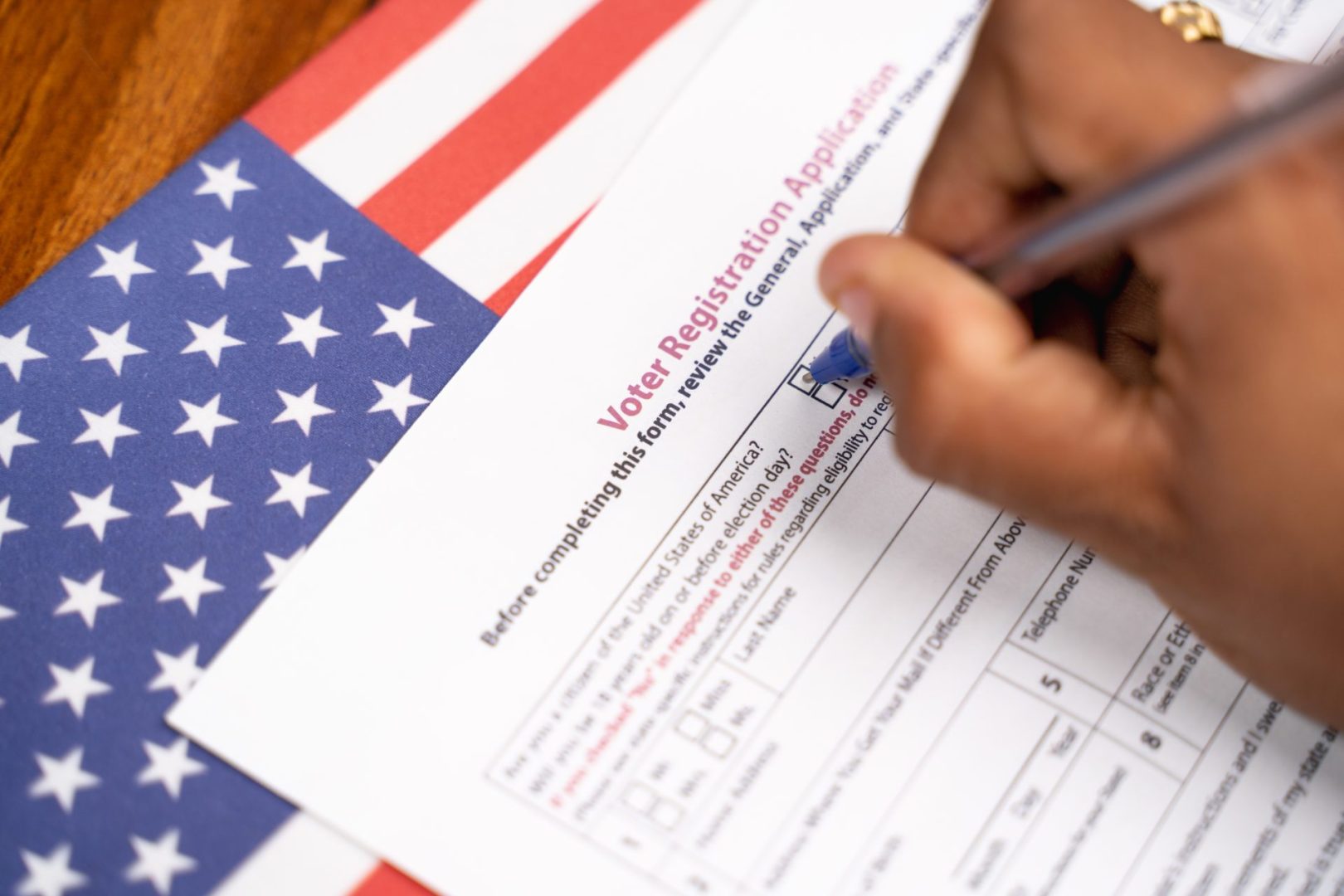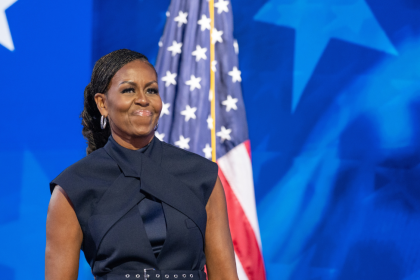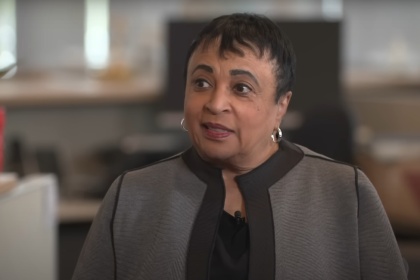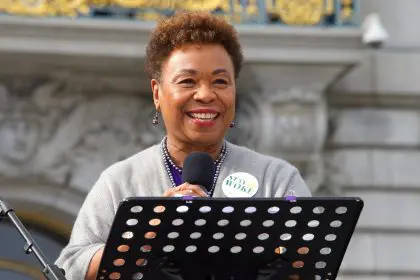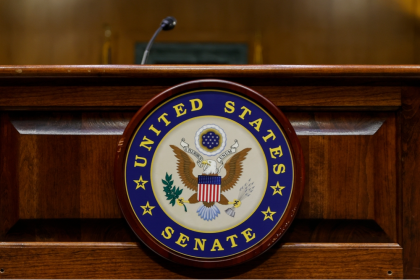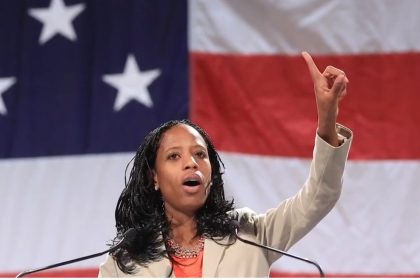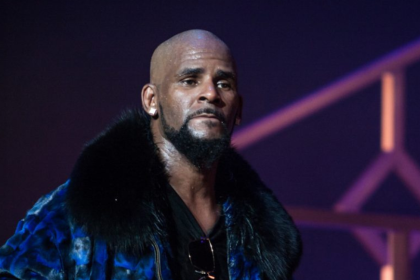The battle for congressional control in 2024 hinges on a complex web of competitive races, campaign spending and voter priorities that could reshape American governance for years to come.
Republicans currently hold the House of Representatives while Democrats maintain a narrow Senate majority. The GOP needs a net gain of two Senate seats to secure control, or one if they win the presidency, as the vice president holds the tie-breaking vote. Democrats require four House seats to reclaim the majority.
Campaign finance reports show Democrats wielding a significant spending advantage. Since Labor Day, Senate race spending has topped $1.6 billion, with Democratic candidates outpacing Republican opponents in key battlegrounds. House races have exceeded $1 billion in spending, following similar patterns.
The presidential contest looms large over congressional races, particularly in states with competitive Senate seats. Democrats defend five seats in presidential battlegrounds, including Arizona and Michigan, where Senate outcomes often align with presidential results.
Montana Sen. Jon Tester and Ohio Sen. Sherrod Brown face particularly challenging reelection bids as Democrats running in states expected to favor the Republican presidential nominee. Both senators have historically attracted ticket-splitting voters, though Republicans argue these states have shifted rightward.
House Republicans defend 16 seats in districts President Joe Biden won in 2020, making ticket-splitters crucial for maintaining their majority. These competitive districts, particularly in New York and California, could determine House control.
Key issues driving voter decisions mirror presidential campaign themes. Democratic candidates emphasize abortion rights in their messaging, particularly following the Supreme Court’s decision overturning Roe v. Wade. They’re betting on abortion rights ballot initiatives in battleground states to boost turnout.
Republican candidates focus on immigration policy and economic concerns, working to portray Democratic opponents as extreme. The effectiveness of these competing messages could determine numerous close races.
Several unexpected battlegrounds have emerged. In Nebraska, independent candidate Dan Osborn challenges Republican Sen. Deb Fischer in an unusually competitive race for the traditionally Republican state. Texas Democrat Rep. Colin Allred’s challenge to Sen. Ted Cruz has attracted significant party investment.
Maryland’s Senate race has become surprisingly competitive with former Republican Gov. Larry Hogan’s candidacy, though Democratic candidate Angela Alsobrooks maintains a significant spending advantage.
The financial landscape favors Democrats across both chambers. While Republican candidates receive support from outside groups, these organizations often pay higher advertising rates, potentially limiting their impact in crucial races.
Campaign strategists from both parties acknowledge the fluid nature of these races, with voter priorities and national events capable of shifting momentum quickly. The interconnected nature of presidential and congressional campaigns adds another layer of complexity to predicting outcomes.
As campaigns enter their final phase, both parties focus resources on voter turnout operations and targeted messaging in competitive districts. The results could determine not just congressional control but the scope of the next president’s legislative agenda.

